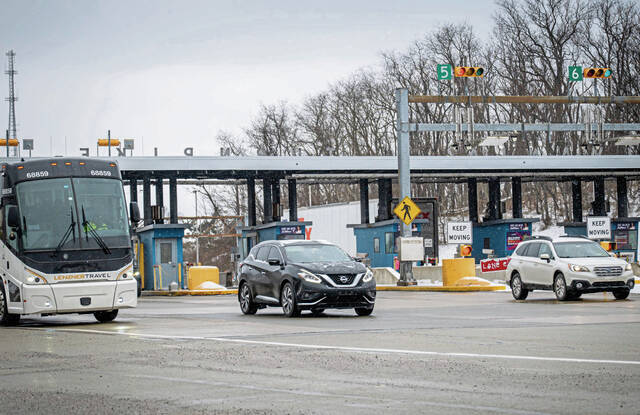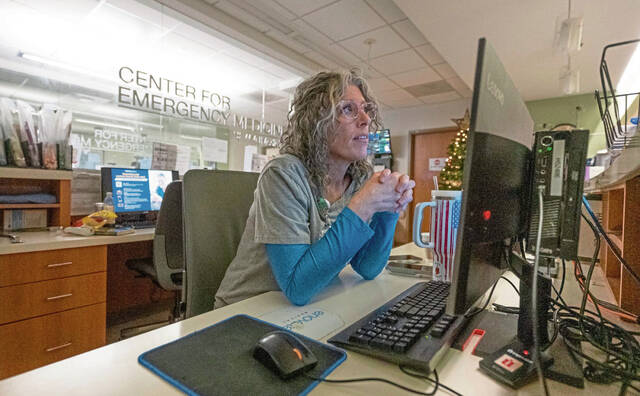The Pittsburgh region had 10,000 fewer workers in September than a year ago, despite the availability of the covid vaccine, employers offering higher wages and the federal government eliminating extra jobless benefits.
The seven-county region saw the labor force decrease to 1.16 million workers in September, a drop of 13,600 from August, according to data released Tuesday by the state’s Center for Workforce Information and Analysis. Based on seasonal hiring factors, the state said the labor force grew by 1,400 employees from August to September, but still had 11,100 fewer workers than a year ago.
“The labor force is not just coming back. People are looking at everything and are deciding they don’t need to come back to work,” said Frank Gamrat, executive director of the Allegheny Institute for Public Policy, a Castle Shannon-based think-tank.
The shrinking labor force in the region — a decrease of about 51,000 from the pre-pandemic times of September 2019 — is hurting the economy, said Christopher Briem, a regional economist with the University of Pittsburgh’s Center for Social and Urban Research.
“This may be a slow recovery. It may take a few years to recover” to pre-pandemic levels, Briem said.
The Pittsburgh region — Allegheny, Armstrong, Beaver, Butler, Fayette, Washington and Westmoreland counties — added 3,400 jobs in September, raising the total to 1.27 million nonfarm jobs, but 72,000 fewer than two years ago.
“The economy has lost its steam,” Gamrat said.
The region’s economy had more jobs in September largely due to the reopening of colleges and universities adding 7,200 jobs and school districts adding 8,400 jobs, according to the data from the state.
Still, Briem said that it is far less than what it should have been with the return of workers to colleges and schools.
“The employment levels are very flat,” Briem said.
The jobless rate in the seven-county Pittsburgh region fell .1 of a percentage point in September to 6.1%, which was down from 7.4% a year ago.
The economists said the decline in the labor force may be the result of several factors: an aging work force that decided to retire early, older workers not wanting to risk their health and others who may have decided to have one worker remain at home with children.
With some families forced to have one wage earner remain at home because of the lack of child care options, “they may have decided to go back to a single-income household,” Gamrat said.
Gamrat pointed out that even the increase in wages offered by many employers has not reversed the trend of people remaining at home, nor has the prediction that workers would return to jobs once the extra jobless benefits ended. The Pittsburgh region has not lost population to explain the decline in the labor force, he noted.
“The breaking point” — when people decide they have had enough of remaining at home and want to work — has not been reached, Gamrat said.








